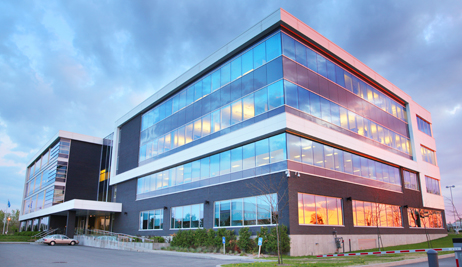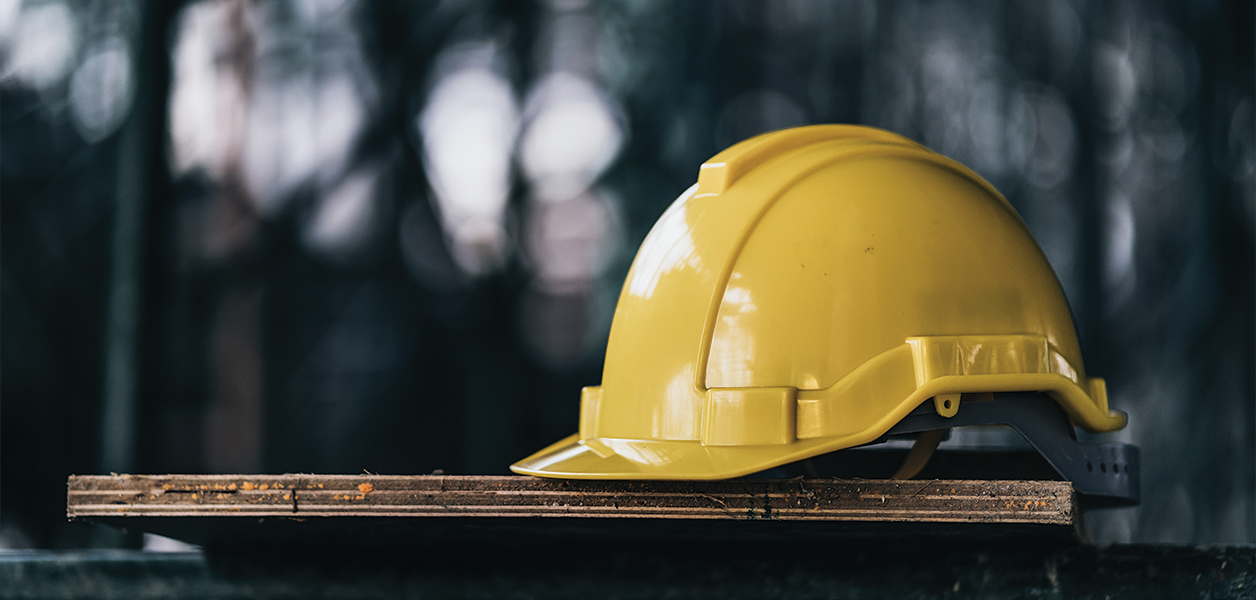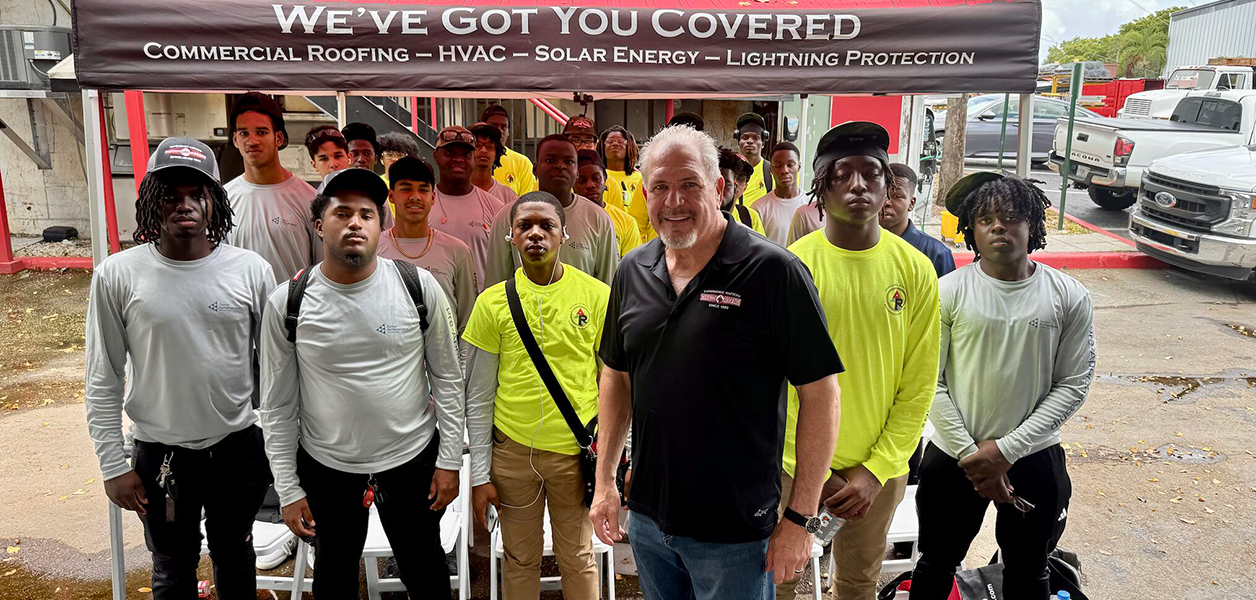Dodge Data & Analytics surveyed more than 2,000 industry professionals in 86 countries for its World Green Building Trends 2018 report and found 47 percent expect more than 60 percent of their projects to be green by 2021, according to www.constructiondive.com. In the U.S., construction professionals who anticipate a shift to mostly green projects increased from 32 percent in the World Green Building Trends 2016 report to 45 percent in the 2018 report.
The top reasons for going green were to meet client demands (34 percent); comply with environmental regulations (33 percent); and for social reasons, such as the drive to "do what's right" by producing healthier buildings (27 percent). Of the social factors presented in the survey, improved occupant health and well-being was most important (77 percent globally; 78 percent in the U.S.).
However, not all professionals who plan to go mostly green intend to pursue certification via a third-party program. Still, about 66 percent of those that certify their projects believe the process results in better-performing buildings. Globally, new commercial construction, followed by new institutional construction, was the top sector for green building.
The respondents also reported there were obstacles to green building, including actual and perceived first costs (49 percent); lack of political support or incentives (35 percent); affordability (33 percent); lack of public awareness (32 percent); and lack of market demand (25 percent).
The International Code Council recently released the 2018 edition of the International Green Building Code (IgCC), which addresses elements such as energy efficiency, resource conservation, site development and building performance.
The latest version integrates ANSI/ASHRAE/USGBC/IES 189.1, "Standard for the Design of High-Performance Green Buildings Except Low-Rise Residential Buildings," into the IgCC, which the ICC says takes the cost and time burdens of development off local agencies and makes the IgCC easier and cheaper to implement. According to the latest ICC data, 14 U.S. states and Washington, D.C., use at least some portion of the IgCC in their building codes.





